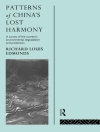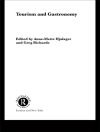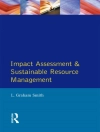This book presents the first empirically tested, comprehensive study on shifting cultivation in Mizoram. Shifting cultivation is a unique and centuries-old practice carried out by the people of Mizoram in Northeast India. Today, it is a non-economic activity as it does not produce sufficient crops, and as a result, the area under shifting cultivation is decreasing. Such cultivation leads to the burning and degradation of vast areas of forestland and therefore has adverse impacts on the floral and faunal resources. This book is a valuable resource for government workers, policymakers, academics, farmers and those who are directly or indirectly associated with practical farming, or with framing and implementing policies. It is equally important to master’s and Ph.D. students of geography, resource management, development, and environmental studies who are involved in research and development.
Tabla de materias
Geo-Environmental Setting.- Brief Introduction of Case Study Villages.- Economic Implications of Shifting Cultivation.- Ecological Implications of Shifting Cultivation.- Recent Changes in Farming Systems at State Level.- New Land Use Policy and Sustainable Permanent Agriculture.












